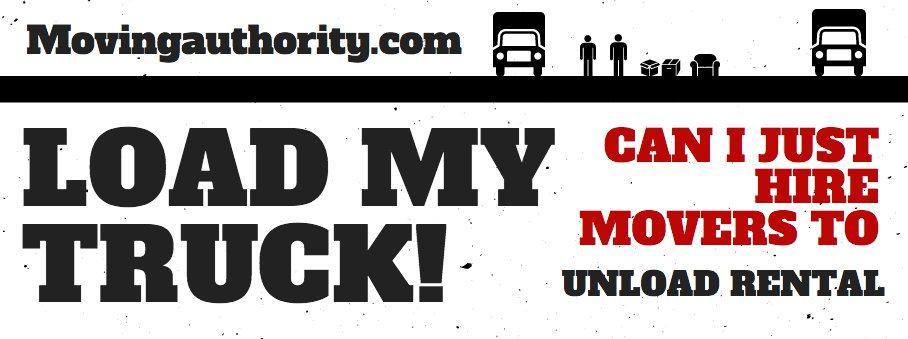Can I Hire Movers to Load and Unload My Truck?

Can I Hire Movers to Unload and Load My Truck?
- They DIY Trend May Not Be the Best Idea...
- Ordering Single Service Movers
- What Are the Benefits to Getting Movers Who Load and Unload?
- Space Efficiency: They're Pro's at Packing
- Damage Prevention
- Pro's Know How to Manage Time
- Money, Money, Money!
1. The DIY Trend May Not Be The Best Idea...
Do-it-yourself moves are becoming a popular option among people who cannot afford the services of a full service moving company. There is no need to be embarrassed about the fact that you can’t swing a full-service move. After all, it is a luxury to have a crew of men pack all of your things up, put them on a fancy truck, unload them, and put everything where you want it. You don’t have to move a finger with these kinds of moves, so it is no wonder why they come at such a high price. Moving from one place to another necessitates the use of some help, regardless of the exact situation. There are just too many things to get done all at once for it to be reasonable to NOT have any help.
At Moving Authority, one of the questions we get most is “Can I have movers unload items from my rental truck, even if I don’t need them for anything else?”. This question always seems so complex when people are asking it. However, it is actually quite understandable if you are in the business. The answer to this question is yes, you can have a mover unload a truck, even if they did not pack it themselves.
2. Ordering Single Service Movers
While this may be extremely hard for you to believe, there are actually companies in existence that do not own any trucks of their own. That’s right, moving companies that are lacking the essentials to actually move people. You may be thinking that this is crazy, and you aren’t wrong.
On average, it makes more sense financially for a customer to provide their own means of transportation. After the method of transport for your goods is figured out, one major problem begins to show itself. This is the issue of how you will get your goods on to the truck. This is where you become thankful for moving companies that specialize in loading and unloading, as opposed to full-service companies that would turn their noses up to a small job such as unloading a truck.
Getting help from friends and family members may not be the best idea, and although it's free, you are risking the safety of your items in the hands of people who lack proper skills to handle them.
3. What Are the Benefits to Getting Movers Who Load and Unload?
Obviously, a massive payoff comes from you not having to move heavy items out of your house and onto the back of a rented moving truck. Many people use movers because they cannot lift heavy items. Besides this, there are many other benefits to using movers to just move items onto the truck.
4. Space Efficiency: They're Pro's At Packing
Even if you are looking for a company that does not use moving trucks in their operations, you are still placing your items in the hands of professionals who know how to pack goods for maximum efficiency, space, and item safety. When you hire professional movers, you do not have to worry about cramming your items into a small amount of space. They will handle everything for you, and will ensure that your items fit within the dimensions of the single truck or POD you have rented.
5. Damage Prevention
Since the movers are skilled and trained professionals, they are more equipped to properly pack the truck. If your items are placed on the truck properly, there is little chance that they will be damaged, resulting in all of your items arriving at the new location safely.
6. Pro's Know How to Manage Time
If you recruit the services of professionals, you will not have to spend as much time moving as you would have if you used your friends. This again ties back to the fact that professional movers know how to get the job done, whereas you and your friends may spend a little too much time talking and not enough time actually packing and moving.
7. Money, Money, Money!
Hiring movers for a few hours may seem like a costly decision. However, it is probably comparable to the cost of buying lunch and drinks for the friends that you were considering asking for help. Overall, it is a better financial decision to get help from professionals.
If you are going to move all of your items, it is smarter for you to enlist the help of professionals who know how to handle your goods. You will also save money in that you are preventing yourself from having to pay for replacing items that you may break if you try to move. No matter how cheap their services are, all movers have a basic insurance policy included with their moves.
All in all, it makes more sense to get help from a professional mover, even if you just need help loading or unloading your moving truck. Moving Authority can help you find the right mover to fit your needs.
Add Comment